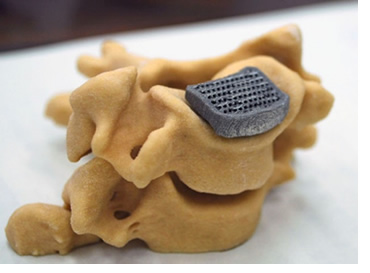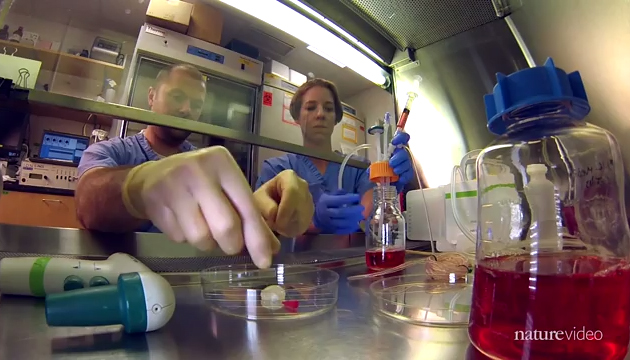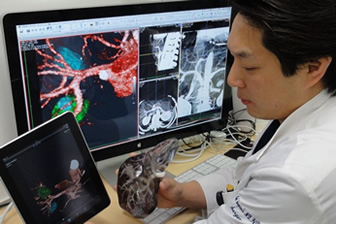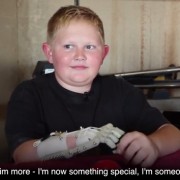3D printed smart bandage that stimulates and directs blood vessel growth
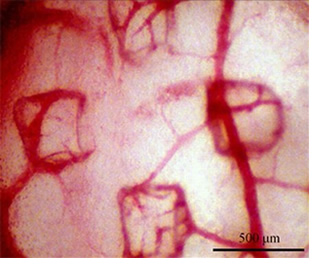 Recently, researchers at University of Illinois have developed a bandage that can promote angiogenesis and direct blood vessel growth on the surface of a wound. The bandage, called a “smart bandage”, contains living cells that deliver growth factors to damaged tissues in a defined pattern.
Recently, researchers at University of Illinois have developed a bandage that can promote angiogenesis and direct blood vessel growth on the surface of a wound. The bandage, called a “smart bandage”, contains living cells that deliver growth factors to damaged tissues in a defined pattern.
The bandage is 1 centimeter across and is built of layers of a hydrogel made of polyethylene glycol and methacrylic alginate on a 3D printer.

